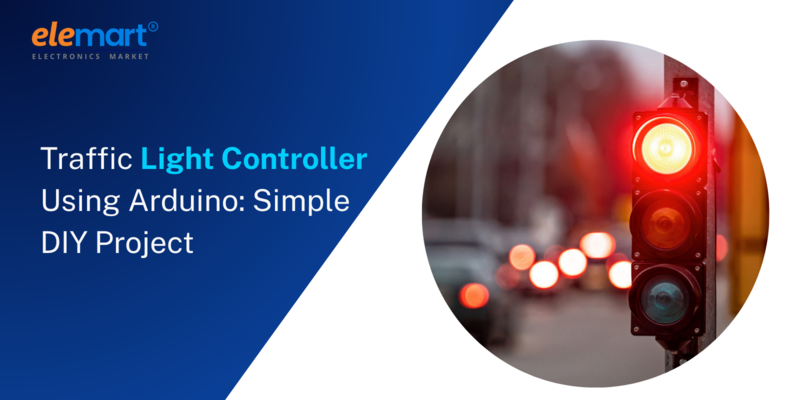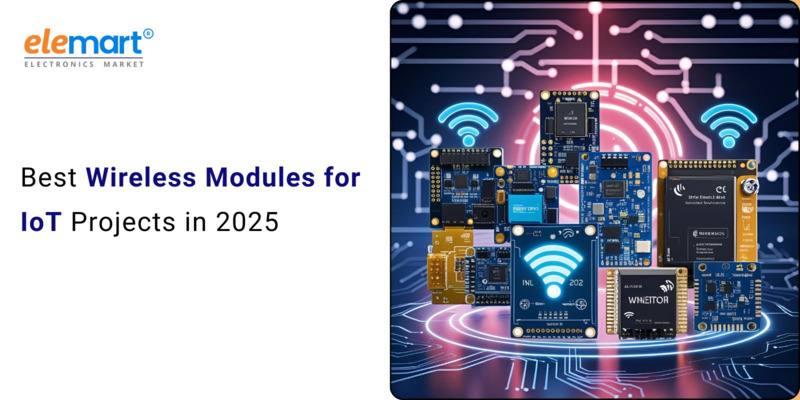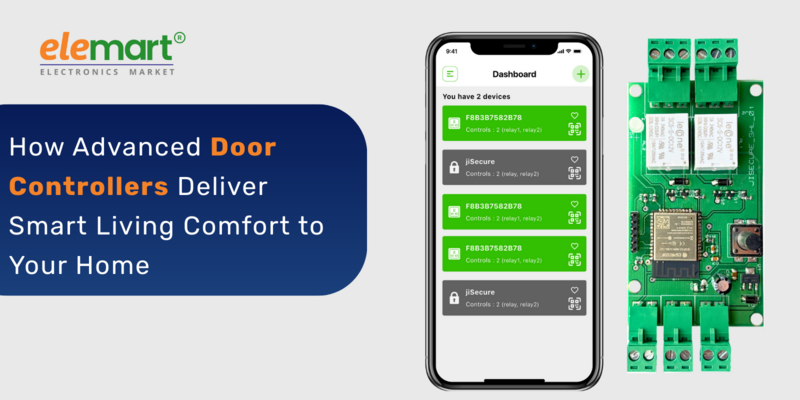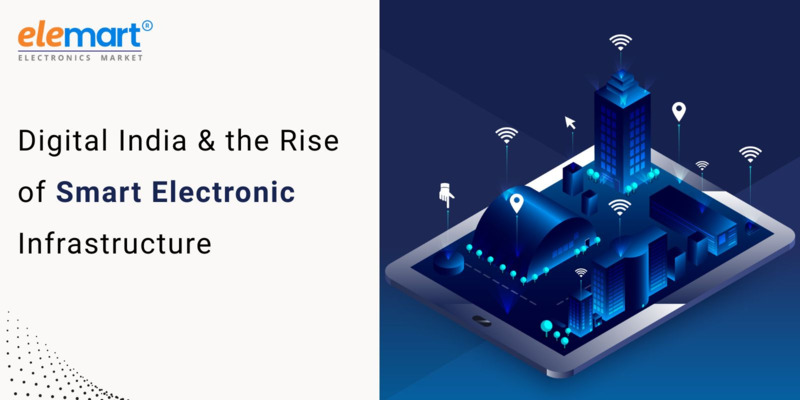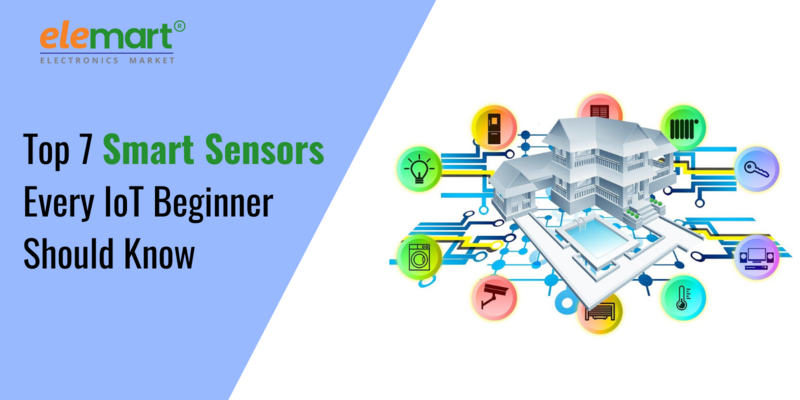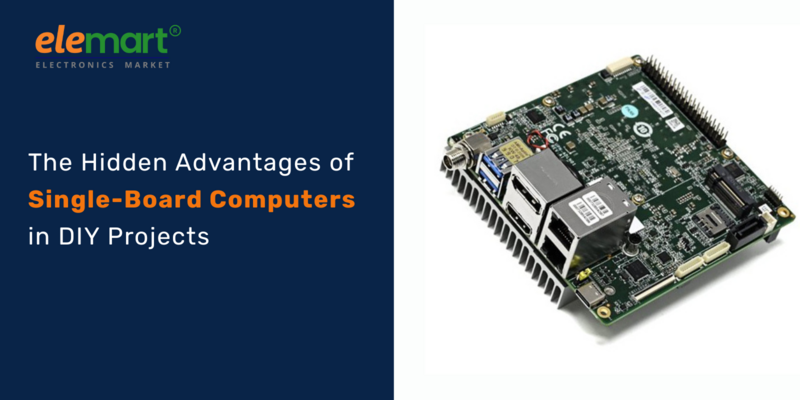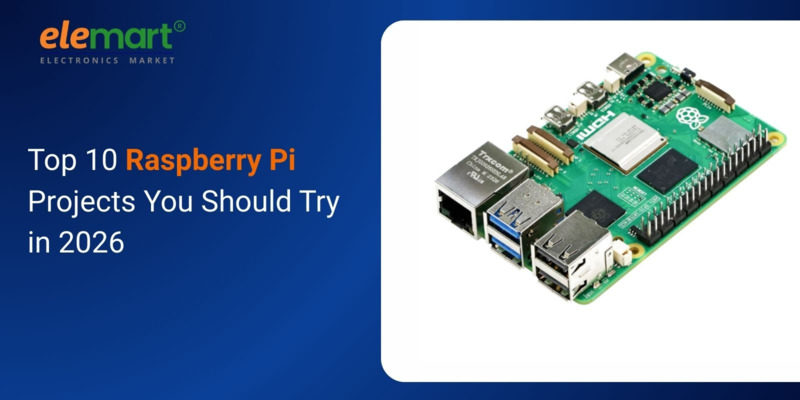- Jun 20, 2025
- IOT
- 316
Share this post on:
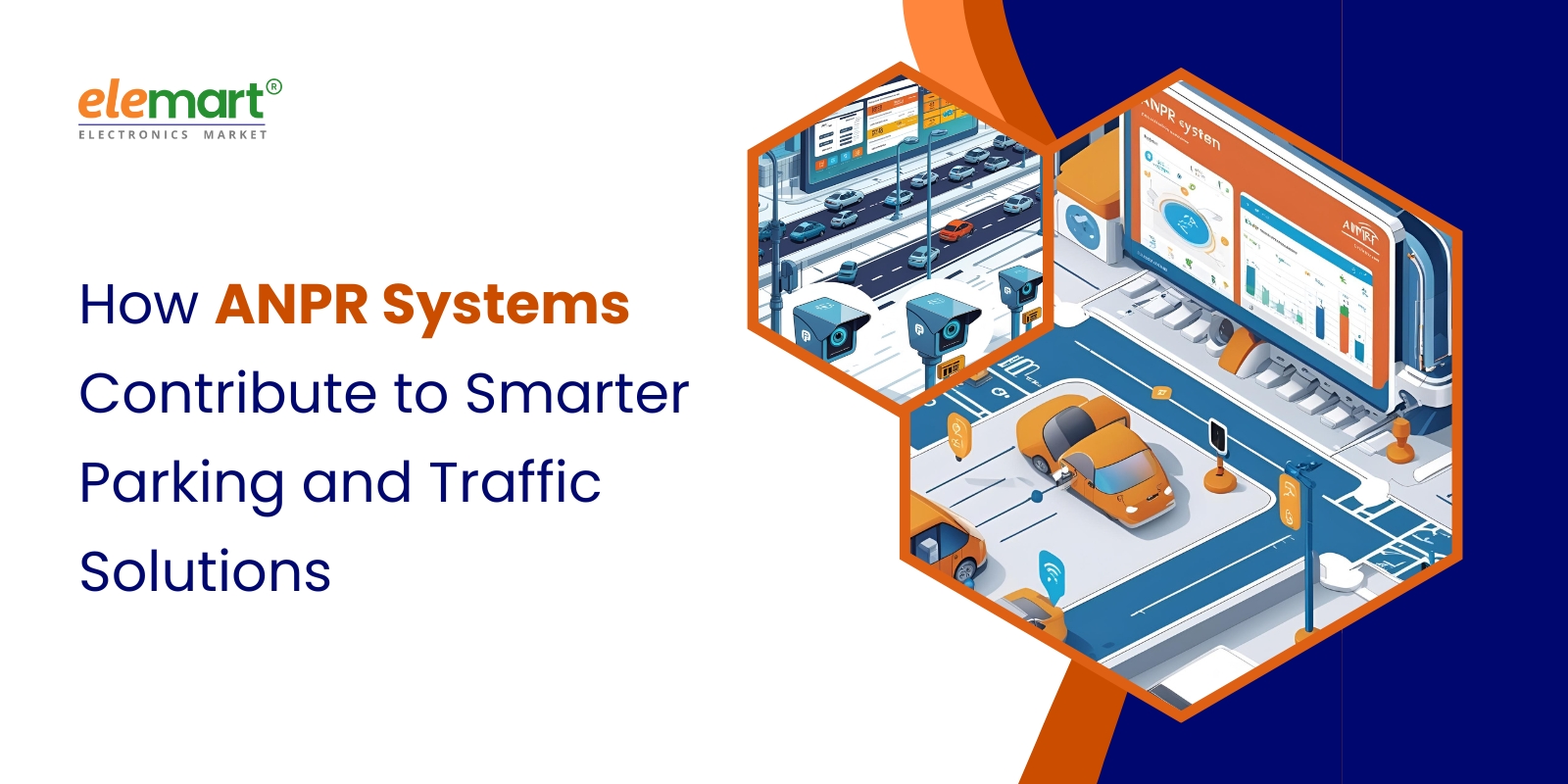
For decades, parking and traffic management have been reactive – often characterized by frustration, congestion, and wasted resources. But the rise of smart cities and the Internet of Things (IoT) is ushering in a new era, and at the heart of this transformation lies a powerful technology: Automatic Number Plate Recognition (ANPR). This blog post delves into how ANPR systems are contributing to smarter parking and traffic solutions, exploring the technology, its benefits, real-world applications, and the future it promises.
What is ANPR Technology? – Decoding the Plates
ANPR, also known as ALPR (Automatic License Plate Recognition) or LPR (License Plate Recognition), is a technology that automatically identifies characters on license plates. At its core, an ANPR system combines optical character recognition (OCR) with image processing techniques. Here's a simplified breakdown:
- Image Capture: A camera, typically strategically positioned, captures an image of a vehicle's license plate. These cameras can be fixed, mobile (mounted on vehicles), or even integrated into traffic signals.
- Image Processing: The captured image undergoes processing to enhance the plate's visibility. This involves noise reduction, contrast adjustment, and perspective correction, especially crucial for plates at an angle.
- Character Segmentation: The system segments the plate into individual characters.
- Character Recognition: Using sophisticated algorithms and machine learning models (often trained on massive datasets of license plates), the system identifies each character.
- Plate Reading & Validation: The identified characters are assembled into a complete license plate number. This number is then typically validated against a database to confirm its authenticity and potentially link it to vehicle information.
Modern ANPR systems are incredibly robust. They can handle a wide range of plate types, fonts, and conditions, including varying lighting and weather. The accuracy rates are consistently high, often exceeding 98%.
Parking Management: From Chaos to Control
ANPR is transforming parking management in numerous ways, significantly improving efficiency and the driver experience.
- Contactless Parking: Traditionally, parking involved searching for an available space, queuing at a pay station, and potentially facing fines for overstaying. ANPR allows for a completely contactless experience. Drivers can register their vehicles with the parking system and automatically be charged based on their entry and exit times.
- Real-Time Space Availability: ANPR cameras can monitor parking spaces in real-time, providing drivers with information on available spots through mobile apps or dynamic signage. This reduces congestion caused by drivers circling for parking.
- Enforcement & Revenue Protection: ANPR systems automate parking enforcement, identifying vehicles that have overstayed their allotted time or are parked illegally. This increases efficiency and helps prevent revenue loss. Traditional enforcement often requires manual patrols, which are time-consuming and less effective.
- Dynamic Pricing: ANPR enables dynamic pricing models where parking rates fluctuate based on demand. This encourages drivers to use less congested areas or times, optimizing space utilization.
- Improved Data Collection & Analytics: ANPR provides valuable data on parking occupancy rates, peak times, and driver behavior. This data can be used to optimize parking layouts, pricing strategies, and overall operations.
- Reduced Operational Costs: Automating parking management tasks reduces the need for manual labor, lowering operational costs for parking facility owners.
Example: Several airports globally, including those in London and Dubai, utilize ANPR to manage parking, offering pre-booking options, automated entry/exit, and real-time availability information.
Traffic Management: Flowing Freely
Beyond parking, ANPR is proving invaluable for improving traffic flow and managing congestion.
- Congestion Monitoring & Prediction: ANPR cameras strategically placed on roadways can monitor traffic volume and speed in real-time. This data feeds into predictive models that anticipate congestion and allow traffic managers to proactively adjust signal timings or implement alternative routing strategies.
- Incident Detection: Anomalies in traffic flow, such as sudden slowdowns or stops, can be automatically detected by ANPR systems, triggering alerts to traffic management centers. This allows for rapid response to accidents or other incidents.
- Toll Collection: ANPR is a key component of electronic toll collection (ETC) systems, such as those used on highways and bridges. This eliminates the need for toll booths and reduces congestion.
- Low Emission Zone (LEZ) Enforcement: Cities implementing LEZs often use ANPR to identify vehicles that don't meet emissions standards, automatically issuing fines or restricting access.
- Vehicle Tracking & Theft Prevention: ANPR can be used to track stolen vehicles and assist in recovery efforts.
- Smart Traffic Signals: ANPR data can dynamically adjust traffic signal timings based on real-time traffic conditions, optimizing flow and minimizing delays. "Green light priority" can even be given to buses or emergency vehicles.
- Origin-Destination (OD) Studies: By tracking vehicles' entry and exit points, ANPR data can be used to understand travel patterns and plan infrastructure improvements.
Example: London’s Congestion Charge Zone relies heavily on ANPR to identify vehicles entering the zone and enforce the charge. Numerous highways utilize ANPR for tolling, dramatically reducing bottlenecks.
The Technology Behind the Transformation: Key Components & Advancements
Several technological advancements are contributing to the increased effectiveness and broader adoption of ANPR systems.
- Improved Camera Technology: High-resolution cameras with enhanced low-light performance are crucial for accurate plate recognition in diverse conditions.
- Machine Learning & AI: AI-powered algorithms are constantly improving the accuracy and robustness of ANPR systems, enabling them to handle challenging scenarios. This includes recognition of damaged or obscured plates.
- Cloud Computing: Cloud-based ANPR platforms allow for centralized data storage, processing, and analysis, making it easier to manage large-scale deployments.
- Edge Computing: Processing data closer to the camera (at the “edge”) reduces latency and bandwidth requirements, enabling faster response times.
- Integration with Other Systems: ANPR systems are increasingly integrated with other smart city technologies, such as GPS tracking, mobile payment platforms, and GIS mapping systems.
- Data Privacy Considerations: Robust anonymization techniques and strict adherence to data privacy regulations are critical for building public trust and ensuring ethical use of ANPR data. Blurring faces in images, for example, is becoming standard practice.
Challenges and Future Trends
While ANPR technology offers immense potential, several challenges need to be addressed.
- Data Privacy Concerns: The collection and use of vehicle license plate data raise legitimate privacy concerns. Transparent policies and robust security measures are essential.
- Cost of Implementation: Deploying and maintaining ANPR systems can be expensive, particularly for smaller cities or parking facilities.
- Accuracy in Adverse Conditions: While ANPR systems are improving, accuracy can still be affected by heavy rain, snow, or direct sunlight.
- Evolving License Plate Designs: Changes in license plate designs and fonts can require frequent updates to ANPR algorithms.
Looking ahead, several trends are expected to shape the future of ANPR technology:
- Increased Use of 5G Connectivity: 5G will enable faster data transfer and improved real-time performance.
- Integration with Autonomous Vehicles: ANPR will play a crucial role in autonomous vehicle navigation and parking.
- Enhanced Data Analytics: Advanced analytics will provide deeper insights into traffic patterns and driver behavior.
- Hyperlocal Optimization: ANPR data will be used to dynamically adjust traffic signals and parking rates in real-time, optimizing flow at a granular level.
- Biometric Integration: While controversial, the potential for integrating ANPR with biometric data (e.g., facial recognition) to improve security and convenience is being explored.
Conclusion: Driving Towards a Smarter Future
ANPR technology is rapidly transforming how cities manage parking and traffic. By automating processes, improving efficiency, and providing valuable data, ANPR systems are helping to create smarter, more livable urban environments. While challenges related to data privacy and cost remain, the ongoing advancements in technology and the increasing demand for efficient urban solutions suggest that ANPR will continue to play a vital role in shaping the future of smart cities.
